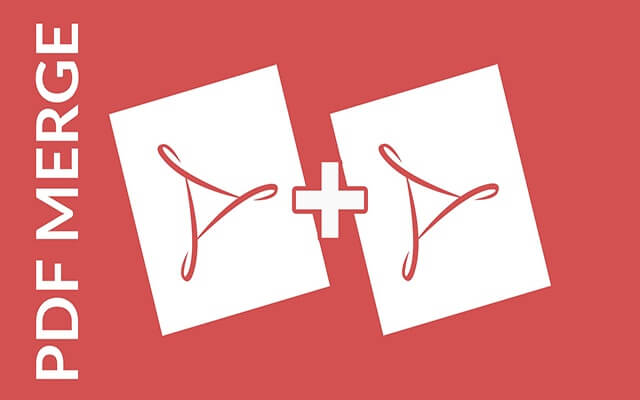For a variety of reasons, the Portable Document Format (PDF) has become an indispensable component of our lives. PDF has become a mainstay in our everyday electronic environment, from e-books to legal papers to business correspondence. As many will agree, there is simply no other file format that is more convenient to share than PDFs.
The portable document format was developed by Adobe back in the 1990s and was, for a very long time, exclusive to the developer. However, due to the popularity and convenience of these files, it has since become an industry-standard format.
Despite the fact that the PDF format is now widely used in nearly all parts of our online lives, whether it’s sharing or downloading documents, there is still a lot about the PDF format that we tend to overlook and generalize.
With this being said, here are a few of the most interesting facts we were able to find about PDFs so that you can broaden your knowledge.
PDF is the most Popular Electronic Documents Format
The fact that PDF is the most frequently used document format on the internet may come as a surprise to some, but when you look at all the things you can do with this file format, you’ll quickly understand why. The PDF is a popular file type because of its accessibility, simplicity of use, and stability across a broad range of systems. In 2016, for example, over 73 million PDF files were downloaded just through Google Mail and Google Drive.
PDFs are self-contained, which means that, when you convert a different file format into PDF, another device can open and view the file even if they don’t have that particular application to use. A PDF preserves all fonts, images, and other elements of a document without altering them and, regardless of the device you use to view the file, it shows the pages precisely as you see them on your screen.
It was first called the Camelot Project
Development for PDF started in 1990, and The Camelot Project was launched in 1991 by Dr John Warnock, one of Adobe’s founders. A suggestion for an electronic document format that would allow for dependable information transfer across all platforms was included in The Camelot Project. The format needed to display everything in the documents, including images, drawings, graphics, and text, regardless of the technology or program used. During its early stages of development, Adobe called the PDF Interchange PostScript (IPS). However, they renamed the PDF to Portable Document Format in 1992.
PDF’s early days were not exactly its most popular Ones
After the release of PDF, the patent was exclusive to Adobe. To utilize PDFs back in the 90s and 2000s, you had to purchase Adobe programs like Adobe Acrobat, which charged $50 for a single user. Adobe didn’t issue a public patent on PDFs until ISO standardized it in 2008. As a result, PDFs were made accessible for free usage and creation.
PDF’s current popularity is due to its beneficial features as well as their general trustworthiness. This wasn’t always the case, though. Besides not being free to use, PDF did not have nearly as many features back then.
Large file sizes were common in early versions of PDF, which meant they took up more space and were longer to download than plain text forms. Furthermore, early PDF files lacked the ability to include hyperlinks, making them ineffective for usage on the internet.
PDFs now contain a lot more features, and their file sizes are significantly less than simple text documents. Not to mention that, now, it’s easy to find a free online pdf editor, on the web, on the web, which allows you to convert, edit, split, merge, and perform all sorts of tasks using PDF files.
The authorities have truly embraced PDFs
Authorities frequently utilize the PDF format because it allows for the storage of unmodified records. One of the most interesting yet overlooked PDF facts is that, along with Adobe, tax officials in the United States were among the earliest users of PDF files. The IRS in the United States distributed tax forms in PDF format, as they were easy to share, keep track of, and protect.
But that’s not all because the US authorities are not the only ones taking advantage of PDF’S BENEFITS. Courts in numerous countries in the world have begun to embrace the digital era and, as a result of its broad mobility and compatibility with most devices, operating systems, and software, PDFs are admissible as court papers. What’s more, the consistency of its format and inability to be altered outside make it suitable for legal purposes.
You can add various layers of protection to a PDF file
While PDF files are generally safe and reliable, there have been instances when people were using them for malicious purposes. For example, the OUTLOOK.PDF Worm was sent using Microsoft Outlook and, once a user-activated the file, their device would be exposed to viruses.
However, this happened in 2001, and Adobe had plenty of time to work on file security. Now, PDFs, unlike other file types, have a very high level of protection.
Besides being difficult to hack, PDFs are one of the most secure forms of documents formats available, with the option to add multiple levels of security, making them perfect for courts and corporations alike.
There are many tools that allow you to also password-protect a PDF file so that no unauthorized eyes can get a glimpse of important documents.
To make PDF files even more legit for businesses and corporations, users are able to include electronic signatures in their PDF files. This feature has been available since 2000, but back then, electronic signatures were not considered as reliable as they are now.
If intellectual property is your concern, you can even add watermarks in PDF files to protect documents, images, and other pieces of content. Once a watermark is added, you can adjust its position and opacity to your preferences.






